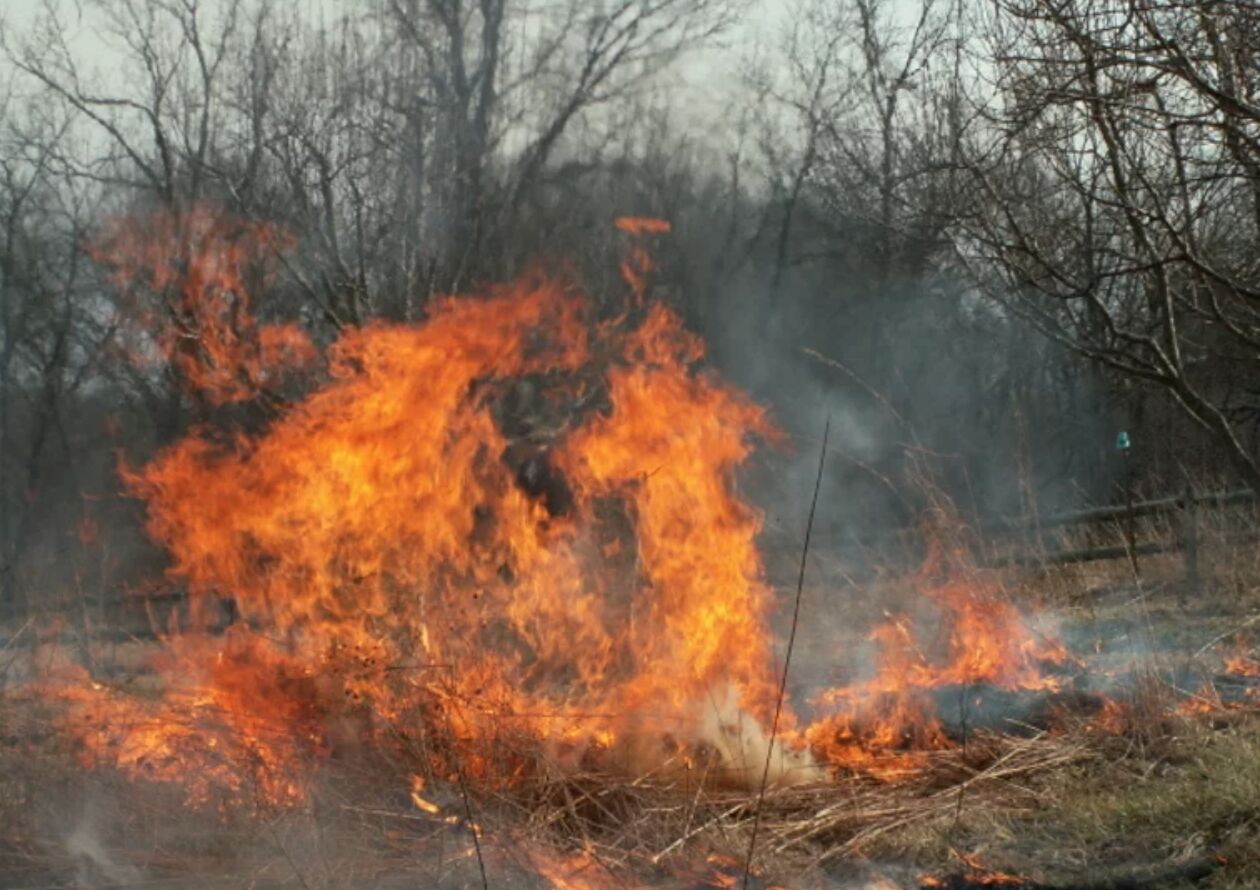Protecting your farm or ranch from fires starts with careful planning and requires proactive measures to minimize the risk and mitigate potential dangerous situations and loss.
Here are some steps you can take with your properties:
- Create defensible space: Clear vegetation, brush, and debris around structures, barns, and other buildings, as well as outside a significant radius of your farm. This creates a buffer zone that slows down the progress of outside wildfires which reduces the chance of them reaching your property as well as those that might start and spread from your property. Maintain a minimum clearance of at least 30 feet around buildings, barns, and fuel storage areas.
- Establish firebreaks: Create firebreaks around your farm or ranch by clearing vegetation, mowing grass, and constructing physical barriers. These breaks act as a barrier to slow down or redirect the progress of wildfires. Consult with local fire authorities or land management agencies for guidance on creating effective firebreaks in your specific area.
- Establish firebreaks: Create firebreaks around your farm by removing vegetation, tilling the soil, or constructing physical barriers. These breaks act as a barrier to slow down or redirect the progress of wildfires. Consult local fire authorities for guidance on establishing effective firebreaks in your area.
- Maintain grazing areas and dense trees: This may involve thinning dense vegetation, removing dead trees and branches, and creating fuel breaks within the tree and brush areas. Regularly graze or mow grass and other vegetation in open areas or keep separations between areas to reduce the fuel available for fires to spread.
- Secure buildings and structures: Ensure that your buildings, barns, and storage facilities are constructed with fire-resistant materials. Use fire-resistant roofing materials, install spark arrestors on chimneys, and seal any gaps or openings where embers could enter. Regularly clean gutters and remove flammable materials from roofs and exterior areas.
- Maintain adequate water supply: Ensure that you have adequate water sources available for firefighting purposes. Install and regularly inspect functional fire hydrants, water tanks, or ponds. Keep hoses, pumps, and firefighting equipment in good working condition and easily accessible.
- Clear access roads: Maintain clear and wide access roads leading to your property. These roads should accommodate emergency vehicles and provide an escape route if needed. Trim tree branches that hang over access roads and ensure they are clear of debris.
- Fire-resistant fencing: Consider using non-combustible or fire-resistant materials. Avoid wooden fences that can easily catch fire. Metal or stone fencing can help prevent the spread of fires.
- Controlled burns: In consultation with local fire authorities or land management agencies, consider conducting controlled burns in designated areas. Controlled burns help reduce excess vegetation and can mitigate the risk of uncontrolled wildfires by creating a more fire-resistant landscape.
- Stay informed: Stay updated on weather conditions, fire danger ratings, and wildfire activity in your area. Sign up for local emergency notifications and have a reliable source of information, such as a battery-powered radio, to receive alerts and instructions during emergencies.
- Emergency plan: Develop an emergency plan that includes evacuation routes, communication procedures, and a checklist of actions to take in case of a wildfire. Share this plan with your family, employees, and neighbors, and it might sound hokey, but conduct regular drills to ensure everyone knows what to do in an emergency.
Remember, fires can be extremely dangerous and unpredictable. If a wildfire is spreading across or approaching your ranch and it is no longer safe to stay, prioritize your safety and follow evacuation orders from local authorities. Property can be rebuilt, but lives cannot be replaced.




